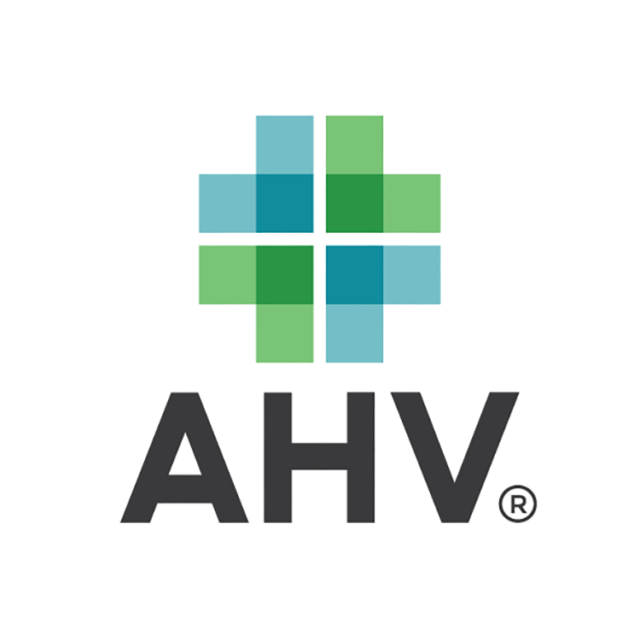The USDA’s Animal and Plant Health Inspection Service (APHIS) announced that 15 additional states have enrolled in the National Milk Testing Strategy (NMTS), bringing the total number of states to 28 in roughly one month since the program launched.
The 15 states newly enrolled in the strategy include: Alabama, Arizona, Delaware, Iowa, Georgia, Kansas, Minnesota, New Jersey, New Mexico, Nevada, Oklahoma, Rhode Island, Tennessee, Utah and Virginia.
In December, the USDA announced the enrollment of California, Colorado, Michigan, Mississippi, Oregon and Pennsylvania on Dec. 6, followed by Indiana, Maryland, Montana, New York, Ohio, Vermont and Washington on Dec. 17.
These 28 states represent nearly 65% of the nation’s milk production and bring the USDA closer to conducting mandatory nationwide bulk milk surveillance in all 48 contiguous states.
Through the NMTS, the USDA and state and federal partners hope to gain a clearer picture of the presence of H5N1 among dairy herds in the U.S. to help inform the strategy and overall response efforts to prevent further spread of the virus.
As of Jan. 8, California and Texas are the only states with known active detections. Testing to date, including early NMTS testing, has so far reaffirmed the absence of H5N1 in other states and has not yet led to new detections.
The NMTSS involves five stages that describe the state’s testing activity and the presence of H5N1 in that state. Of the 28 states enrolled as of Jan. 8, 11 states are considered to be in Stage 2, meaning they have state-level bulk tank sampling programs already underway. California is considered to be in Stage 3, meaning that it is an affected state that has rapid response measures in place to address detections. Two states are in Stage 1, meaning that silo testing is underway or is set to begin imminently. As new states join and initiate testing, the USDA will update their status on its NMTS website and map (Figure 1).
Vaccine development
In addition, the USDA shared updates on its expedited work to support vaccine development for use in poultry and bovine species, as part of a multifaceted effort to fight the spread of H5N1.
Current HPAI vaccines for poultry, licensed or unlicensed, do not meet the criteria for an ideal vaccine candidate. While there are U.S. licensed avian influenza vaccines for certain virus subtypes (H5N1, H5N3 and H5N9), none are fully matched to the more virulent strain of H5N1 found in the current outbreak.
Novel or currently licensed vaccines are being updated to the current strain and/or evaluated for use in other animals, dependent upon the manufacturer’s interest.
In dairy cattle, deployment of a successful vaccine candidate that is matched to the current strain is more feasible and more likely to be successful in stopping or slowing the virus’s spread. Last year, the USDA’s Center for Veterinary Biologics (CVB) opened a pathway for interested parties to apply to conduct vaccine field safety trials in dairy cattle.
To facilitate expedited vaccine development for bovines, the USDA has consolidated several steps in the vaccine review process to allow them to occur in parallel. So far, at least seven candidates have been approved for field safety trials for vaccine candidates designed to protect dairy cows from H5N1.
The USDA is standing by to review additional submissions and initial results from the manufacturers as they are submitted.











